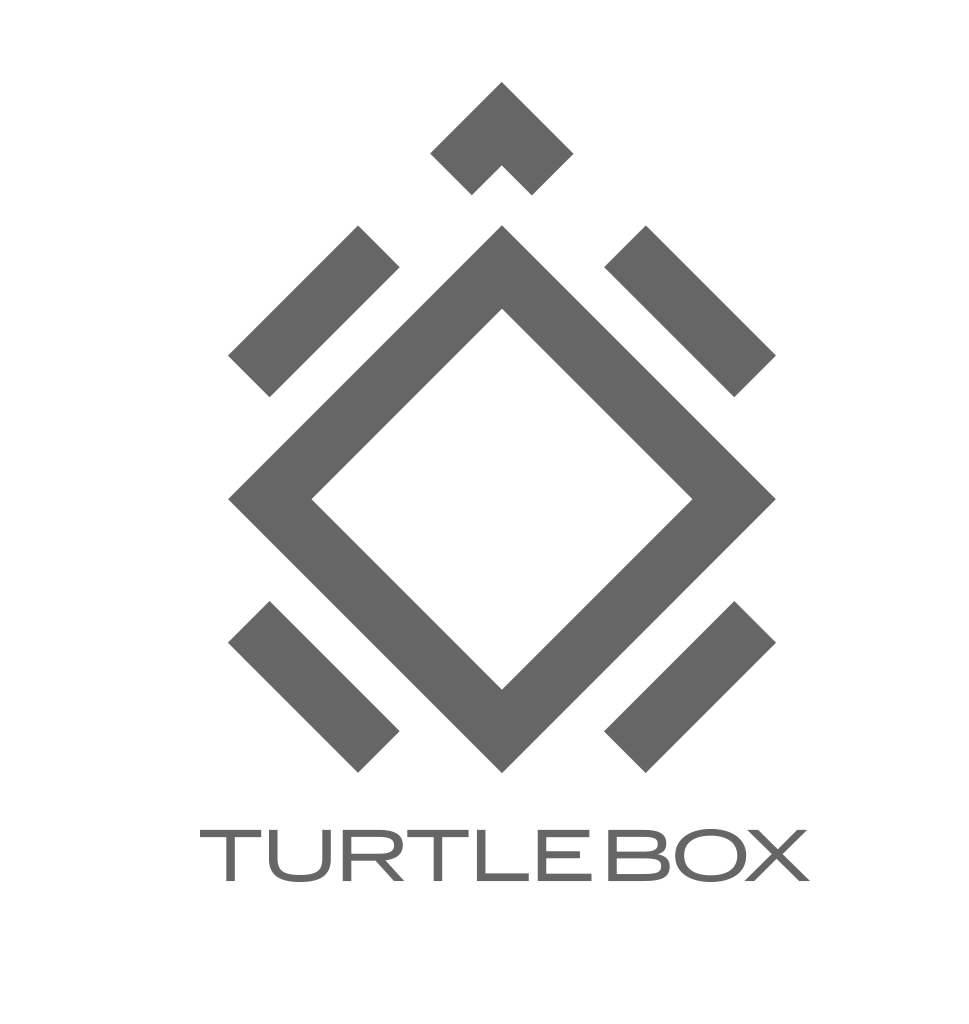
Washington, D.C. – September 23, 2020 – Just two years after approving a plan to allow the Gulf states to develop their own recreational data collection systems to better manage red snapper and certifying those state programs, NOAA Fisheries intends to force the states to calibrate their data back to the flawed federal data system that caused significant turmoil in the first place. This federal data system, Marine Recreational Information Program (MRIP), has been widely criticized by many in the recreational fishing community, the states and in Congress, and its limitations are what led each of the states to develop their own data collection systems.
In recent communications to the states, NOAA Fisheries indicated it will adjust state harvest data to be more in line with MRIP and show that Texas, Alabama and Mississippi have overfished their quotas by significant margins. If NOAA Fisheries is successful, it would likely mean that private boat recreational anglers in Alabama would not have any season at all in federal waters for the next one to two years, and Mississippi anglers would be shut down for the next three years. After sending its recreational data to NOAA Fisheries 39 times over the past two and a half years, Texas was first notified a few weeks ago that NOAA Fisheries had elected to apply a different approach to the length-to-weight conversion in the state’s data and determined the state was overfishing its quota. Rather than work through the new formula going forward, the agency placed a notice in the Federal Register announcing its intent to take the overage out of future seasons. As a result, Texas anglers will face a 2021 season of just a couple of days in federal waters.
“There is clearly some gamesmanship going on, and rather than treat it as a partnership, NOAA Fisheries seems to want to continue its adversarial relationship with the states and with recreational anglers,” said Ted Venker, conservation director for Coastal Conservation Association. “The federal system for recreational anglers was so poor and untimely that the Gulf Council passed Amendment 50 to allow the states to develop their own systems. After the states invested the time and money to build more timely and accurate data systems and operated them for more than two years, NOAA Fisheries now comes back and says that all the new data must be converted back into its flawed system for management purposes. And it puts us right back where we were before Amendment 50 was adopted. It is absurd.”
In response, more than a dozen Gulf Coast Congressmen have signed a letter urging U.S. Secretary of Commerce Wilbur Ross to prevent any action on the calibration of state harvest data to federal data until at least the Great Red Snapper Count is completed. The snapper count is a two-year, intensive stock assessment being conducted by more than a dozen marine research institutions across the Gulf Coast that was authorized and funded by Congress due to a lack of confidence in NOAA Fisheries’ own assessment work. The letter further asks that the Secretary use his authority under Public Law 109-479(g) to declare the data from the Gulf States as the best available science to inform future management decisions.
“When red snapper management completely failed in 2017, the five Gulf states and Congress realized NOAA Fisheries does not have the tools or the will to properly manage this fishery, and they took significant steps to remedy the situation,” said Jeff Angers, president of the Center for Sportfishing Policy. “Since then, we have seen the most successful red snapper seasons in the Gulf in the last decade, but unfortunately, NOAA Fisheries seems intent on going back to business as usual.”
“This all comes down to which is considered the ‘best available science,’” said Chris Horton, director of fisheries policy for the Congressional Sportsmen’s Foundation. “MRIP was never designed to manage to in-season closures, so the states developed their own programs in order to provide their anglers with more access without going over the quotas. Now that they’ve proven they can very successfully manage the harvest during the season, the state programs – not MRIP – should be declared to be the best available science to inform Gulf red snapper management.”








